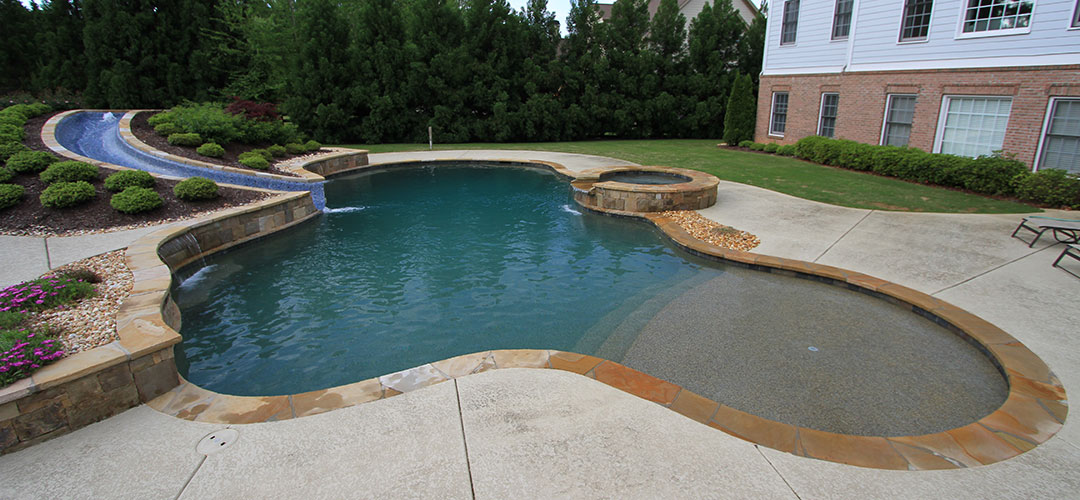
Image Source: Google
An ankle sprain can be a painful and debilitating injury that can significantly impact your daily activities. Whether you are an athlete looking to get back to the game or just someone who wants to walk without pain, finding the right treatment options is crucial for fast and effective healing. In this article, we will explore some of the top ankle sprain treatment options that can revolutionize your recovery and get you back on your feet in no time.
1. Immediate Treatment
When you first sprain your ankle, it is essential to take immediate action to reduce pain and swelling. The following immediate treatment options can help kickstart your recovery:
R.I.C.E. Method:
- Rest: Avoid putting weight on the injured ankle and rest as much as possible.
- Ice: Apply ice to the injured area for 15-20 minutes every few hours to reduce swelling.
- Compression: Wrap the ankle with a compression bandage to help reduce swelling and provide support.
- Elevation: Elevate your ankle above heart level to reduce swelling.
2. Physical Therapy
Physical therapy is a crucial part of the recovery process for ankle sprains. A physical therapist can create a customized treatment plan to help you regain strength, flexibility, and stability in your ankle. Some common physical therapy techniques for ankle sprains include:
Exercises:
- Strengthening exercises for the muscles around the ankle.
- Balance exercises to improve stability and reduce the risk of future sprains.
- Range of motion exercises to improve flexibility in the ankle joint.
Manual Therapy:
- Massage therapy to reduce muscle tension and improve circulation.
- Joint mobilization techniques to restore proper joint function.
3. Immobilization
In some cases, immobilizing the ankle may be necessary to allow the ligaments to heal properly. Immobilization options for ankle sprains include:
Bracing:
- Wearing a brace or splint to support the ankle and prevent further injury.
- Ankle braces with adjustable straps for a customized fit and support.
Casting:
- In severe sprains, a cast may be necessary to immobilize the ankle and promote healing.
- Casts can be made of fiberglass or plaster, depending on the severity of the injury.
4. Medications
Medications can help manage pain and inflammation associated with ankle sprains. Some commonly used medications for ankle sprains include:
Nonsteroidal Anti-Inflammatory Drugs (NSAIDs):
- Over-the-counter NSAIDs like ibuprofen or naproxen can help reduce pain and swelling.
- Prescription-strength NSAIDs may be recommended for severe pain and inflammation.
Steroid Injections:
- In some cases, a corticosteroid injection may be recommended to reduce inflammation in the ankle joint.
- Steroid injections should only be administered by a qualified healthcare provider.
5. Surgery
In rare cases where conservative treatment options fail to provide relief, surgery may be necessary to repair the damaged ligaments in the ankle. Surgical options for ankle sprains include:
Arthroscopy:
- Minimally invasive procedure to repair torn ligaments in the ankle joint.
- Arthroscopic surgery allows for faster recovery and less scarring compared to traditional open surgery.
Reconstruction:
- Reconstructive surgery to repair severely damaged ligaments in the ankle.
- Rehabilitation following surgery is crucial to regain strength and function in the ankle.
6. Alternative Therapies
In addition to traditional treatment options, there are some alternative therapies that may help promote healing and reduce pain in ankle sprains. Some popular alternative therapies for ankle sprains include:
Acupuncture:
- Traditional Chinese medicine technique that involves inserting thin needles into specific points on the body to promote healing and reduce pain.
- Acupuncture may help improve circulation and reduce inflammation in the ankle.
Chiropractic Care:
- Manual manipulation of the spine and joints to improve alignment and reduce pain in the ankle.
- Chiropractic care may help restore proper function to the ankle joint.
By exploring these top ankle sprain treatment options, you can revolutionize your recovery and get back to your daily activities with confidence. Remember to consult with a healthcare provider to determine the best treatment plan for your specific injury and follow their guidance for a speedy and successful recovery.

